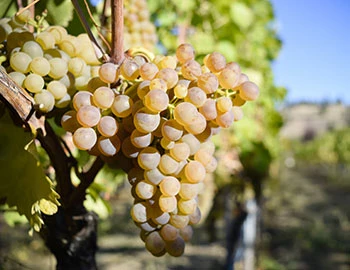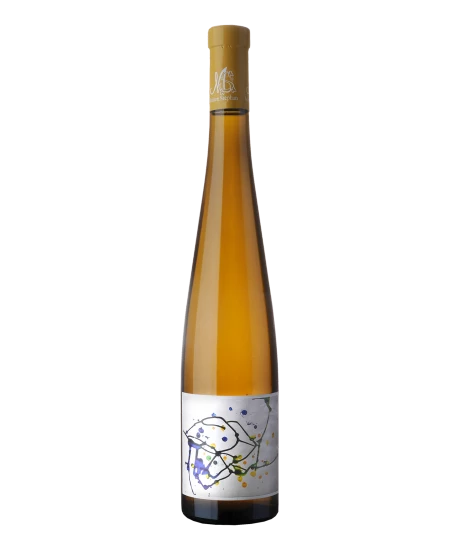Le Tinal 2020
Le Tinal 2020
AOC Condrieu, Maison Stéphan, 500 ml

Description
On the nose, the single-varietal, aromatic Viognier has scents of honeycomb, hay flowers, dried apricot and succulent buttered brioche. On the palate, the Condrieu delights with its richness and oily extract. Very harmonious, dry, with mild acidity and attractive wood touch. Very small production volume due to old vines, spontaneously fermented, unfiltered, unfined. A wine for connoisseurs!
Attributes
| Grape variety: | Viognier |
| Producer: | Maison Stéphan |
| Ripening potential: | 2 to 6 years |
| Drinking temperature: | 10 to 12 °C |
| Food Pairing: | Fish ragout with saffron sauce, Roast veal with morel sauce, Cheese board |
| Vinification: | fermentation at low temperatures, soft pressing, fining |
| Maturation: | long cultivation, in large wooden barrel/foudre |
| Bottling: | filtration |
| Maturation duration: | 12 months |
| Volume: | 12.5 % |
Maison Stéphan
Jean-Michel Stéphan has vinified more than 30 vintages of Côte-Rôtie and is one of the true masters of natural winemaking (vins naturels) in the northern Rhône region. His wines have a vibrant purity that makes them unmistakable, characterised by a balance of energy and transcendence that stems from his vision of making impeccable wines without any additives.

Viognier
Saved from extinction
It’s hard to believe that the Viognier nearly became extinct 50 years ago. Today, it grows worldwide on over 10,000 hectares. The variety was first mentioned in 1781, and probably originated in Condrieu, in the northern Rhône Valley. There, and in the 3.8-hectare mini-appellation of Château-Grillet, vintners kept it on the post when the rest of the world wanted to know nothing about it. Its inventory shrank to a meagre 14 hectares. This is because it provides only low yields, and for a while there were no good seedlings. In the 1980s, interest in Viognier reawakened. It actually shows a unique profile: deep golden with good body and aromas of apricot, lime blossom, citrus fruits, honey and hazelnut. It is popular in the Languedoc region, flows into the white Côtes du Rhône and also does very well in California. The best examples fit wonderfully with poultry in cream sauce, noble fish like turbot or – why not? – lobster.



